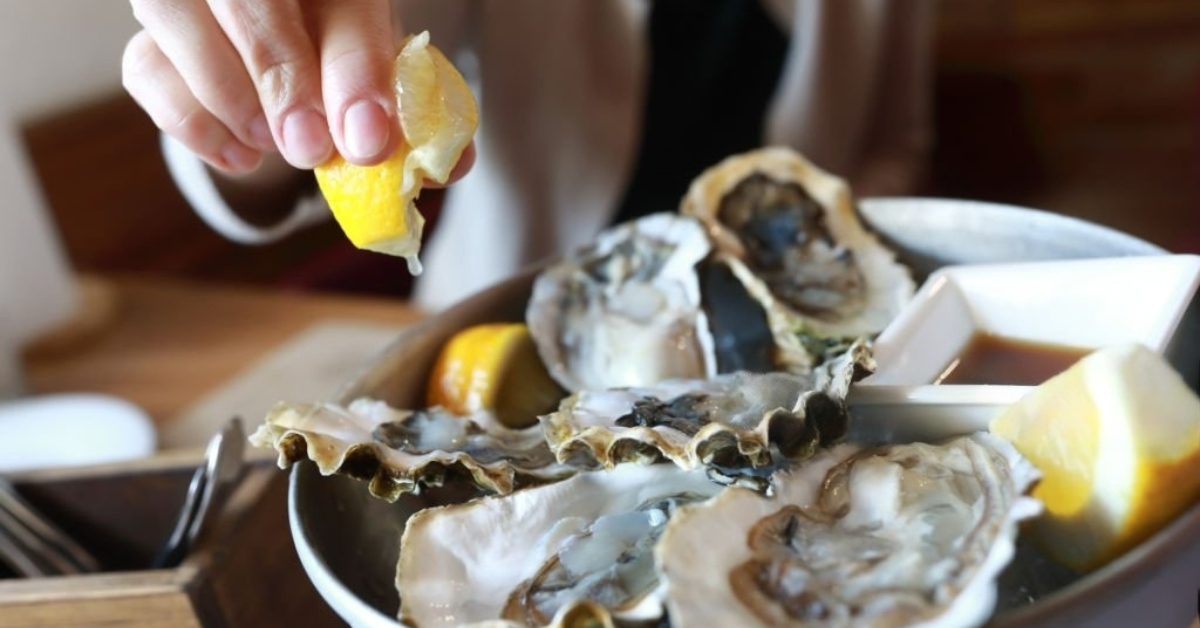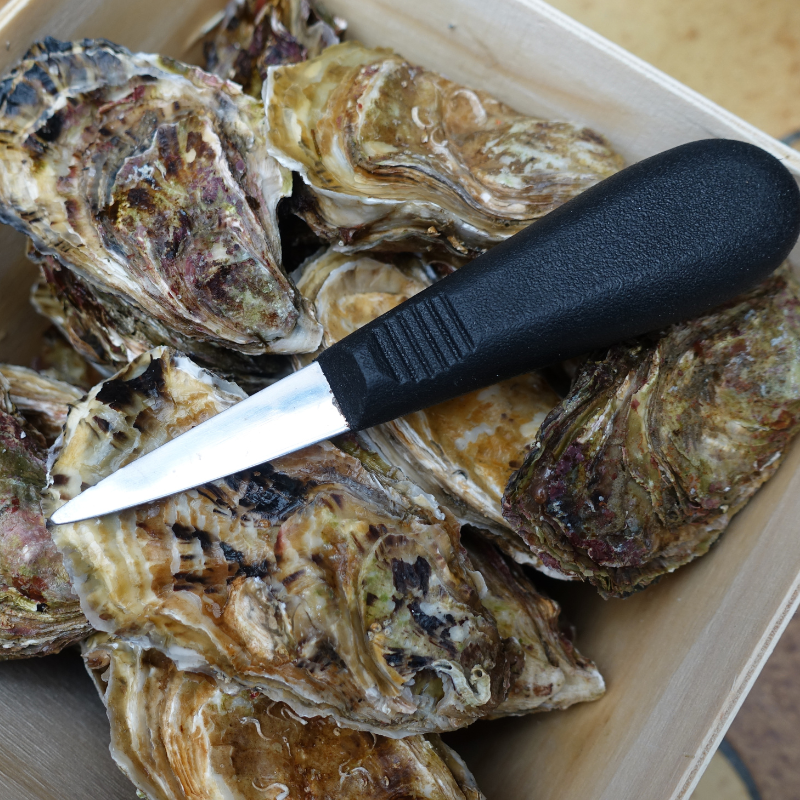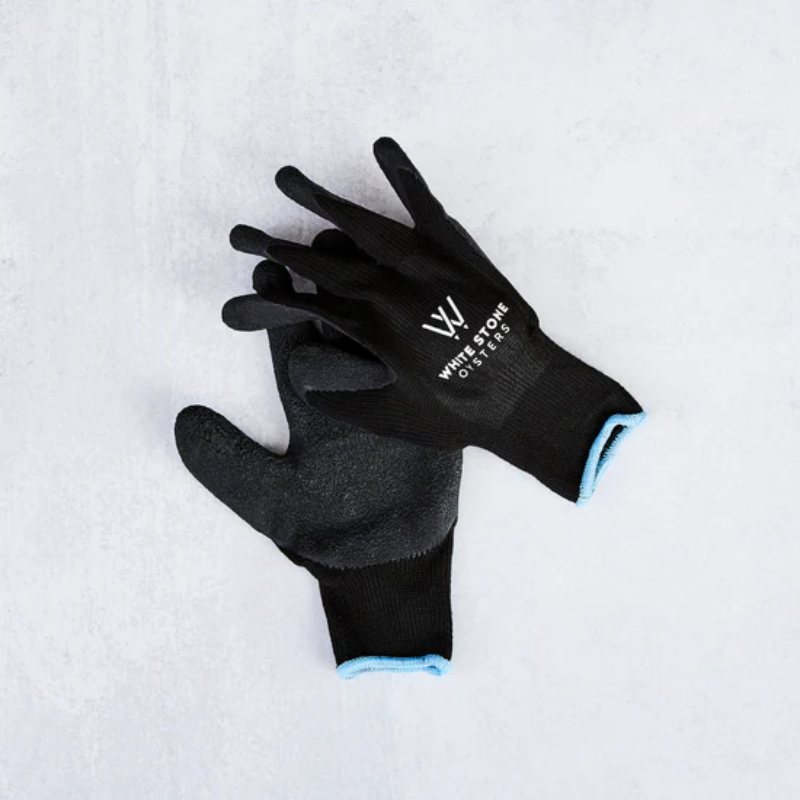
Oysters are one of the most luxurious and decadent seafood delicacies, but their unique taste and texture can be intimidating for first-timers.
Have no fear - with the right techniques and tools, shucking and eating oysters is easier than you think.
In this beginner's guide, we'll walk through everything you need to know to enjoy these briny bivalves from the comfort of your home.
What is Shucking and Why is it Important?
Shucking refers to opening the oyster shell to access the plump oyster meat inside. It's an essential skill for preparing raw oysters, allowing you to free the oyster from its shell while keeping it intact. Shucking oysters properly ensures you get the full flavor and experience these mollusks have to offer.
Essential Tools for Shucking Oysters
To shuck oysters safely and efficiently at home, having the right tools is key. Here are two must-have items:
Deglon 6 Oyster Knife

Investing in a quality oyster knife designed specifically for shucking is crucial. The Deglon 6 Oyster Knife features a durable stainless steel blade and ergonomic handle that make opening oysters easy. Its short, sturdy blade allows you to pop the shell seam quickly.
White Stone Shucking Gloves

Shucking gloves are essential for protecting your hand when shucking. Oyster shells are notoriously sharp! White Stone's shucking gloves provide cut-resistant protection while still allowing flexibility and dexterity.
Step-by-Step Guide to Shucking Oysters
Understanding the Anatomy of an Oyster
Oysters have a unique anatomy that allows them to filter feed. Here are the key parts to know:
-
Shell - Made of two parts called valves that protect the oyster. The top shell is flat while the bottom shell is curved.
-
Adductor Muscle - Connects the two shells together. Cutting through this muscle is key for shucking.
-
Mantle - Inner soft tissue that secretes the shell. Connected to the adductor muscle.
-
Gill - Filters food particles from the water.
- Liquor - Seawater inside the shell that contains nutrients.
The Correct Shucking Technique
Follow these steps for safe, effective shucking:
- Wear protective gloves to avoid cuts.
- Hold the oyster curved-side down on a towel with the hinge facing you.
- Wedge the oyster knife tip into the hinge seam and twist to pop it open.
- Run the knife along the inside of the top shell to sever the adductor muscle.
- Slide the knife under the oyster to detach it from the bottom shell.
- Discard the top shell while keeping the oyster liquor in the bottom shell.
How to Eat Shucked Oysters
Once shucked, enjoy oysters following these tips:
- Keep oysters chilled on crushed ice, as they are best consumed raw.
- Use a tiny fork to detach the oyster from the shell.
- Tilt the shell, sip the oyster liquor, then tip the oyster into your mouth.
- Chew briefly to release the subtle briny flavor before swallowing.
- Avoid adding too much lemon juice or hot sauce, as the oyster flavor should shine.
- Pair with Champagne, Sauvignon Blanc, or dry Riesling to complement the briny taste.
Shucking Tips for Beginners
New to oyster shucking? Here are some helpful hints:
- Start with a beginner oyster knife that's short and sturdy. It gives you more control.
- Practice on cheaper oysters first until you get the twisting motion down.
- Protect your hand with a good shucking glove - those shells are sharp!
- Hold the oyster firmly in a folded towel to keep it steady.
- Take your time and don't force the knife. Let the blade do the work.
- Watch video tutorials to pick up pro tips before trying it yourself.
- Have bandages ready in case of accidental cuts. Be safe!
Frequently Asked Questions about Shucking Oysters
Why are oysters so hard to open?
Oysters, protected by sturdy shells and strong muscles, require practiced shucking to open. Finding the hinge's sweet spot and cutting through the muscle can take a few tries, but with persistence, the process becomes increasingly easier.
How do I choose the right oyster knife?
A quality oyster knife should have a short, thick blade for leverage, a sturdy blunt tip, and a comfortable handle. High-quality stainless steel is recommended for durability and rust resistance, making it a lasting investment for many shucking seasons.
What should I do if I can't open an oyster?
If you want to eat raw oysters but you're struggling to open them, don't force it. Oysters vary in shell density. Try a different oyster and come back to the stubborn one later. Ensure your oyster knife is wedged deep into the hinge and rock it back and forth firmly until you feel the pop. Keep your hand protected with a shucking glove. Watch tutorial videos to improve your technique. With practice, you'll be shucking oysters smoothly.
Conclusion: Enjoy the Delicacy That is Oysters
Oysters are a true delicacy from the sea - the experience of shucking and eating them fresh is unparalleled. We hope this beginner's guide has equipped you with the key techniques and enthusiasm to start shucking and slurping these briny bivalves at home. Take your time, use the proper tools, and most importantly, have fun! Oysters are a joy meant to be shared with good company. Before you know it, you'll be hosting legendary oyster feasts!
